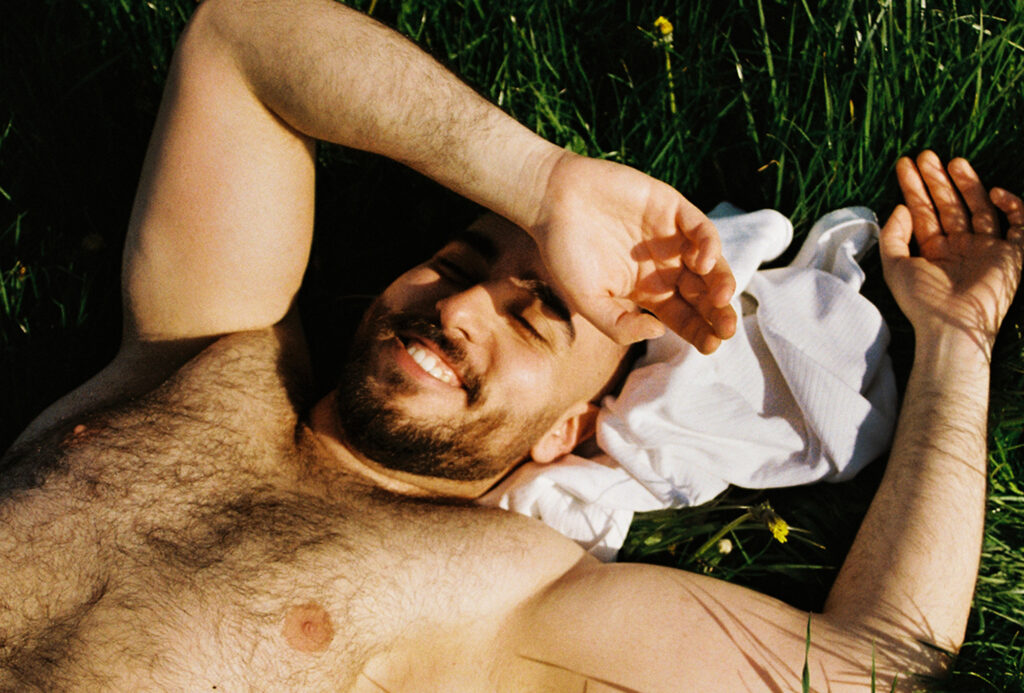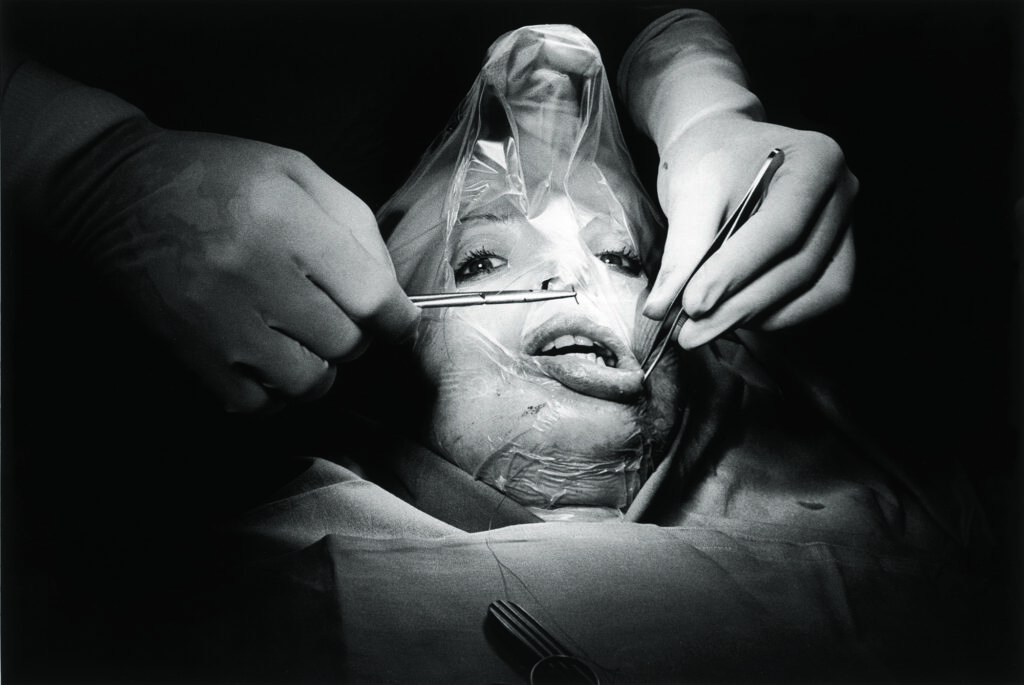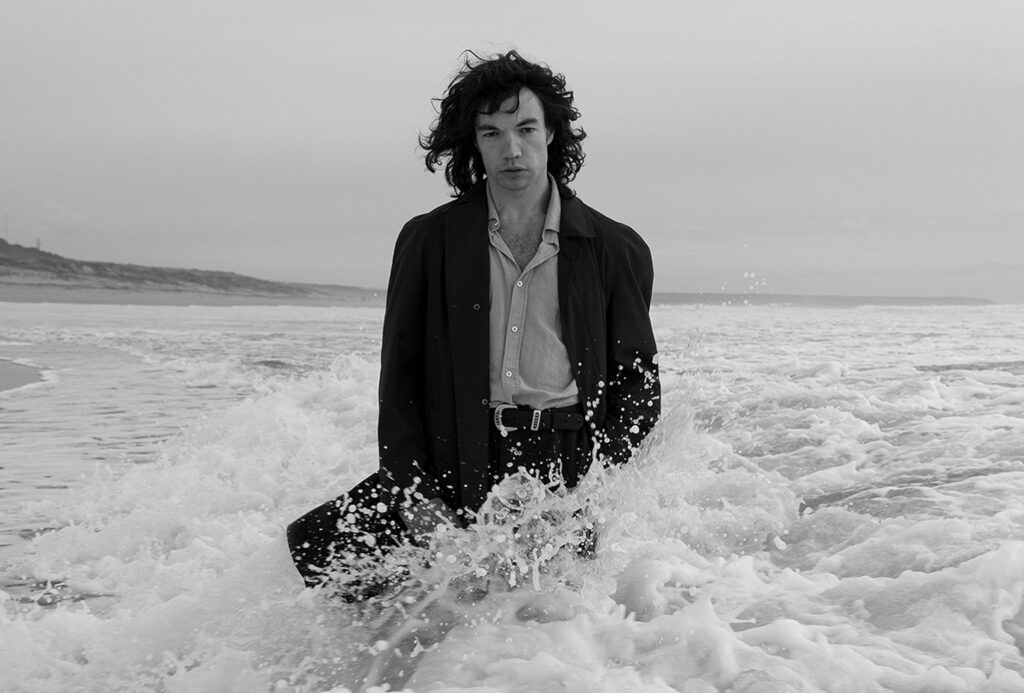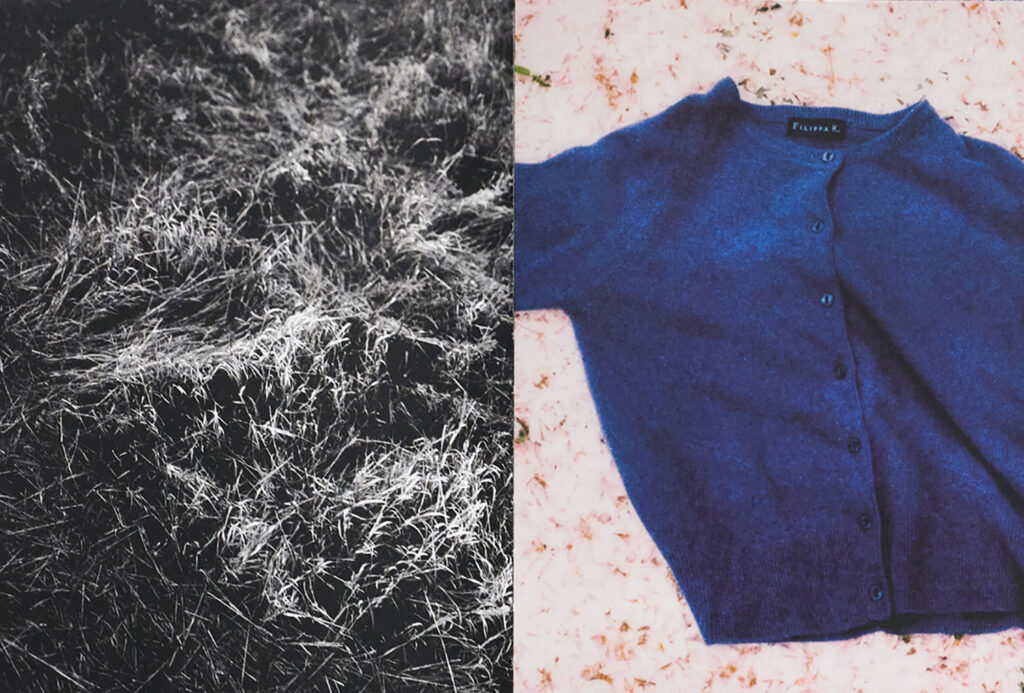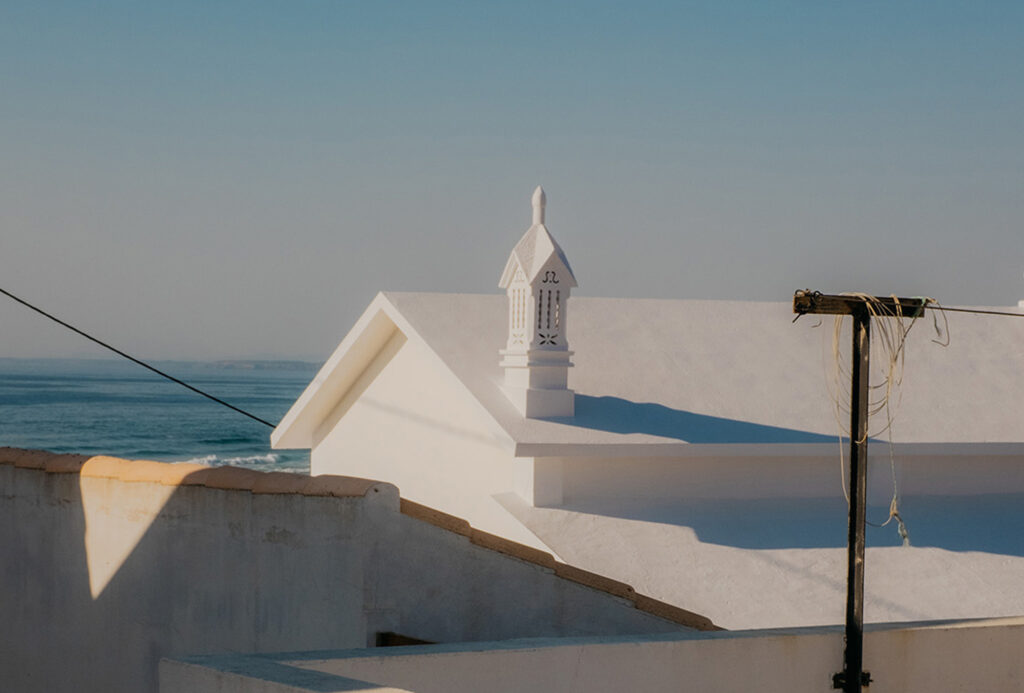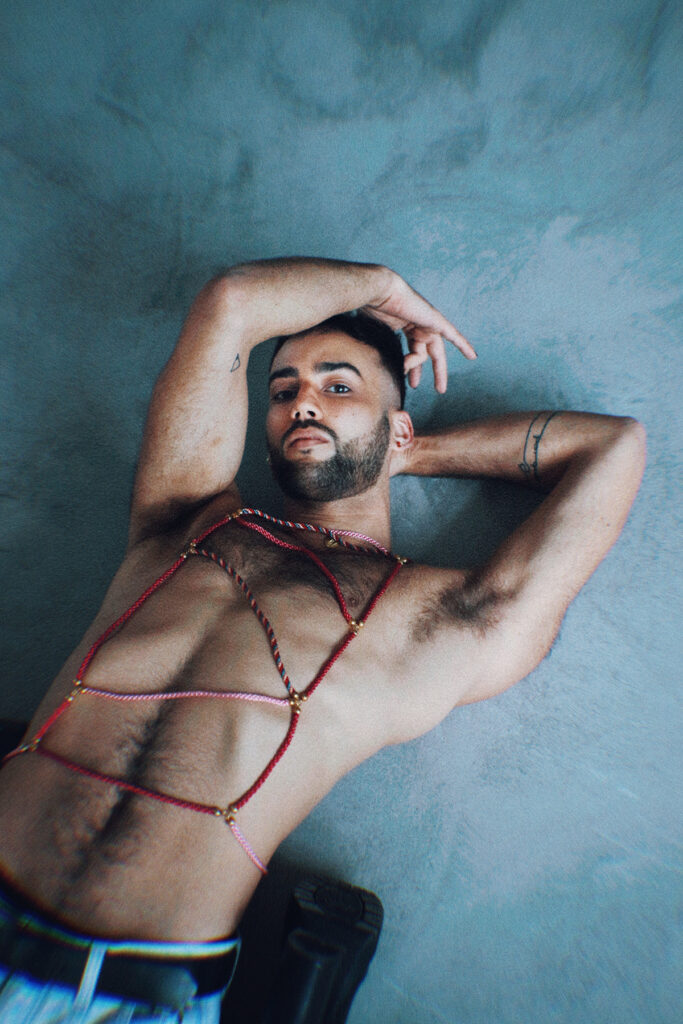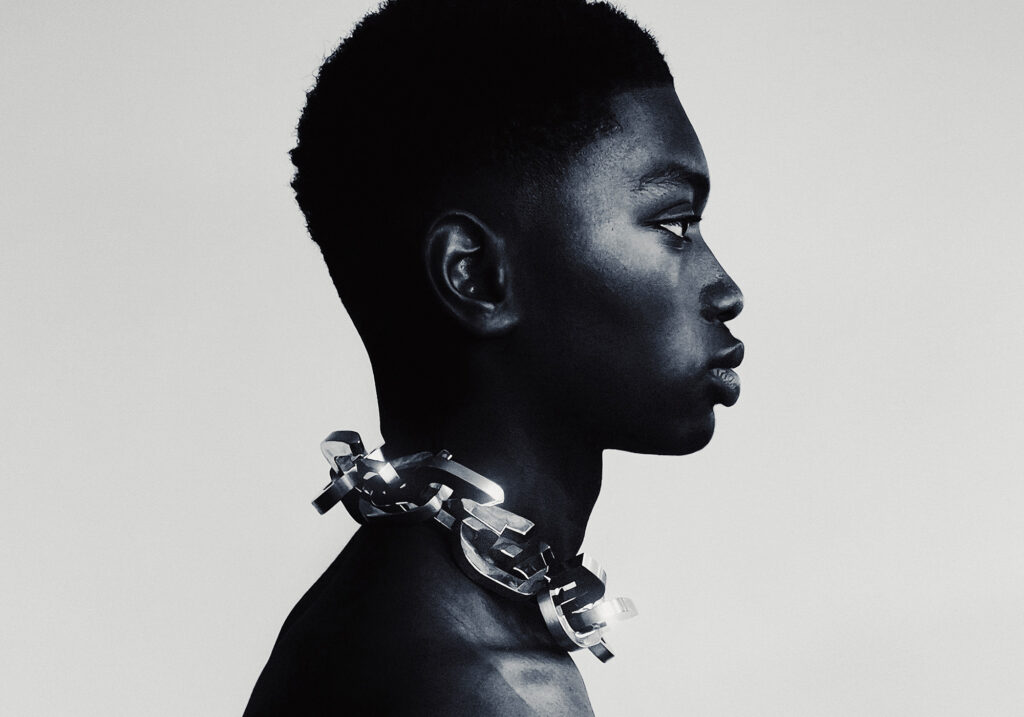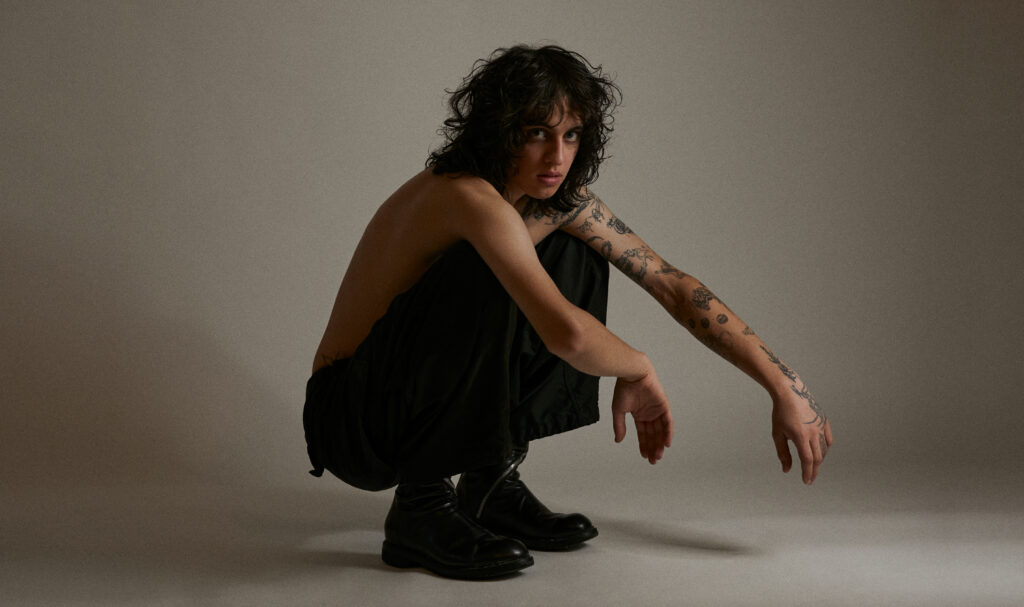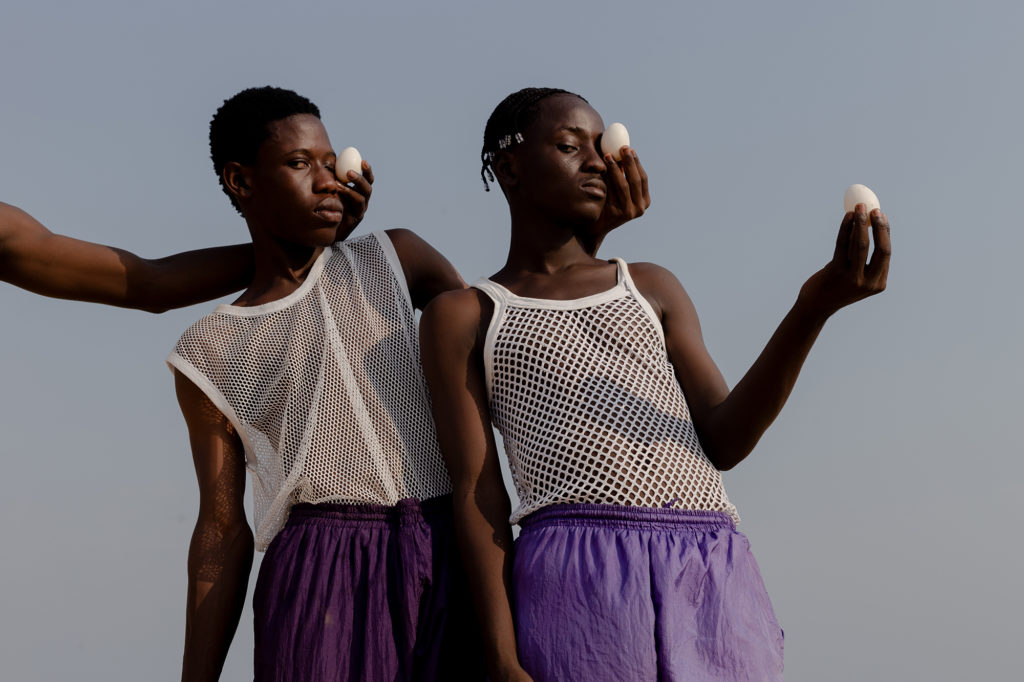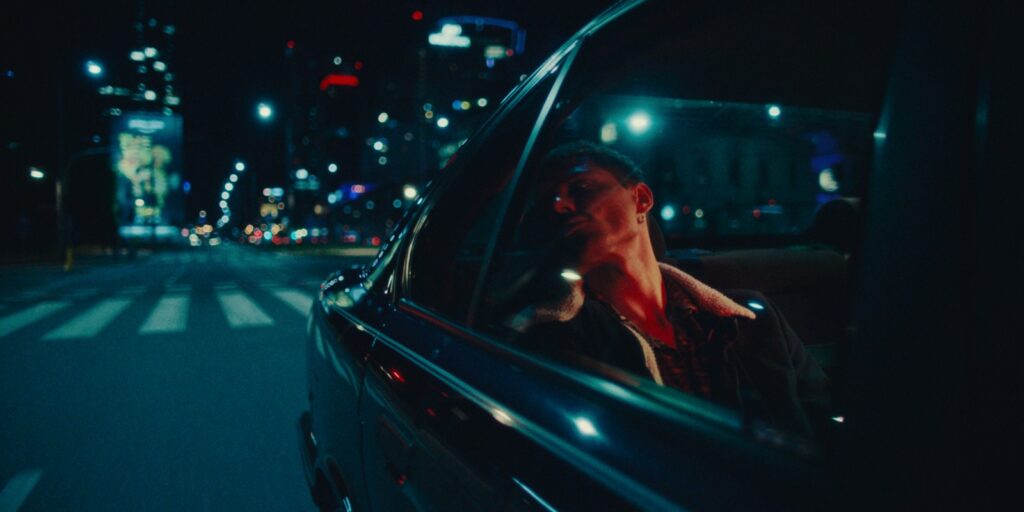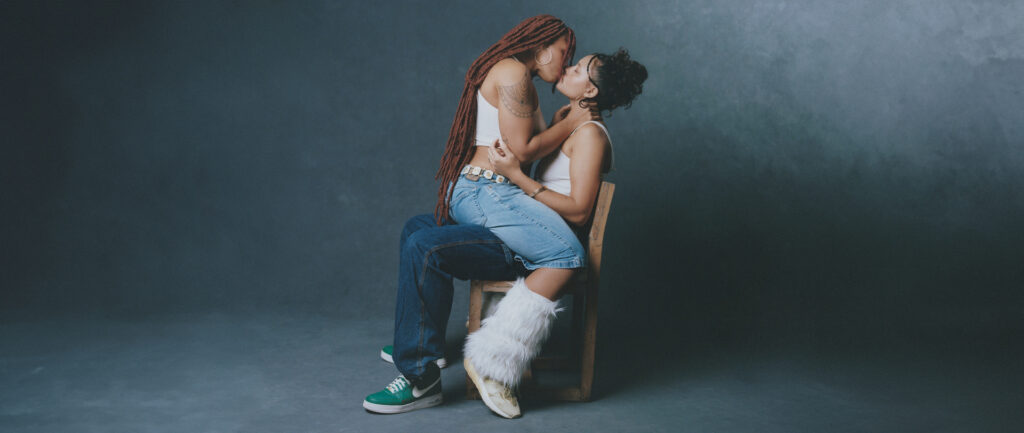Chloe Rosser: Maybe With A Bit Of Poetry
Artist Chloe Rosser
Words Tom Czibolya
Chloe Rosser is a photographer living in London. In her series Form & Function (see our full feature here), Chloe transforms the body into fleshy sculptures that allow her and us to look at the human body differently. The series was a Kickstarter project and was published as a book – available on her website or here. We had a few questions about the project and about Chloe’s work in general. So grab a bowl of cereal, a cup of chai tea and enjoy reading!

How are you? And how do you spend your days these days?
It completely varies. Like most freelance photographers, I haven’t had much client work. I go between catching up on all the life admin that you normally ignore, and going down a hole of research and planning exciting ideas. I think I am generally doing ok. This is such a strange situation for everyone, but I am finding joy in small things, like whittling spoons.
What did you do before you sit down for the interview?
I ate a bowl of nutty cereal and made a cup of chai tea.
Tell us something about you. Why and since when have you been photographing? Do you remember your first pictures?
My first photos were probably on a little automatic 35mm camera while on a school trip, aged 10. They were just snaps though. I think I was more interested in taking the photos than what they were actually of. But that’s part of the process of learning what to photograph. In the beginning you just don’t know what to point it at. The first images that I took with a more intentional and explorative eye, were when I was 15. I had a 35mm Pentax MX camera and I would spend all my free time at school hand processing the photos. The school had a small black and white darkroom, which fit only one enlarger. My subjects were my classmates. I would write strange short narratives to go with their portraits.
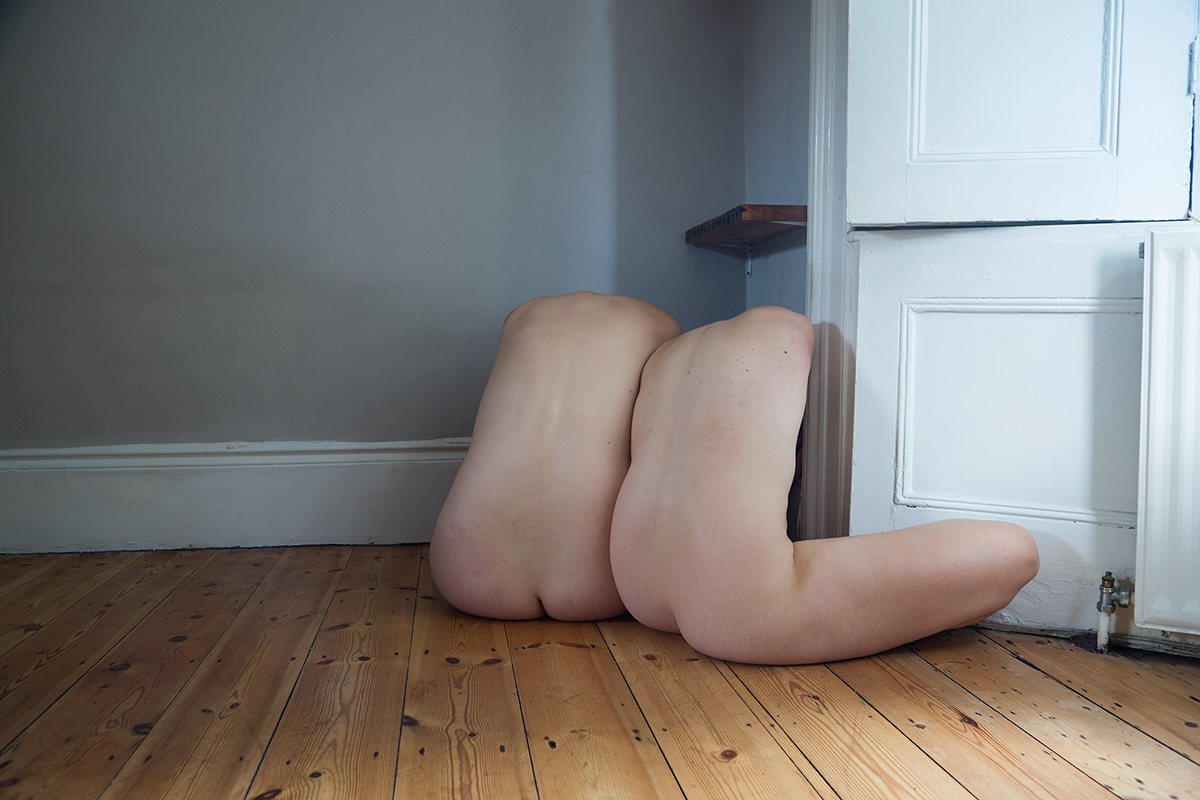
Where do you get your inspiration? And where do you currently find it?
Sometimes from other art, especially sculpture. There is something wonderful in looking at art in another medium and trying to create a similar feeling in your own medium. I find it so interesting when people work on one topic across several mediums, like Jonny Briggs or Antony Gormley. Sometimes though I get my inspiration from just sitting and imagining how the body moves. That’s how I plan new poses to shoot, although I often end up rolling around on the floor trying them out. At the moment, I’m looking at a lot of art online and really appreciating the books I have.
How do you define beauty? What does beauty mean to you?
What is thought of as beautiful is constantly changing. It’s not a quantifiable measure. The only way I can define it is to say that is something that evokes an intimate, positive and captivating reaction in you. It’s fluid and subjective and there are completely contrasting ideas of what it is around the world. For me, at the moment, it’s the natural, and often the subtle things that are beautiful. But that is just personal taste.
What is the perfect picture for you? And what ingredients does it need?
An image that balances being visually arresting and having something to say for itself. Maybe with a bit of poetry to it as well. It can be made up of anything, as long as it handles it well.
Container Love’s mission is to highlight the beauty in diversity, to change views on love and the body, and to stand up for more tolerance. Do your pictures have a message that fits into the Container Love universe?
Absolutely. Inclusivity is so important to me. In Form & Function, I have photographed people of different skin tones, body shapes, sexual orientation, ages and genders. I’ve worked with people aged 20 to 70, and people who identify as female, male, gender fluid and trans. It is my goal to treat all these people equally, presenting them in the same way as each other. You can tell very little about the person from the images. You do not know their age, gender or character, and this allows you to approach and view them all on equal terms.

Let’s take a look into the future: Do you have a picture of yourself in 10 years? Which way do you develop as a photographer? Or have you already reached the final destination of your photographic journey?
I hope to have made a whole lot more work that people are connecting with. The way I work when making art is through experimentation, so I can’t tell what I will be making that far ahead.
What are upcoming projects that you are currently working on?
One project that I am really looking forward to is working with the Scottish Ballet to make a short film with some of their dancers. It will be a study on movement and will be part of their Digital Season. We would already be shooting it by now but of course Covid-19 has delayed it.
Famous last words?
At the end of the day, it’s bedtime.
Thank you, Chloe, and big love from Berlin.
